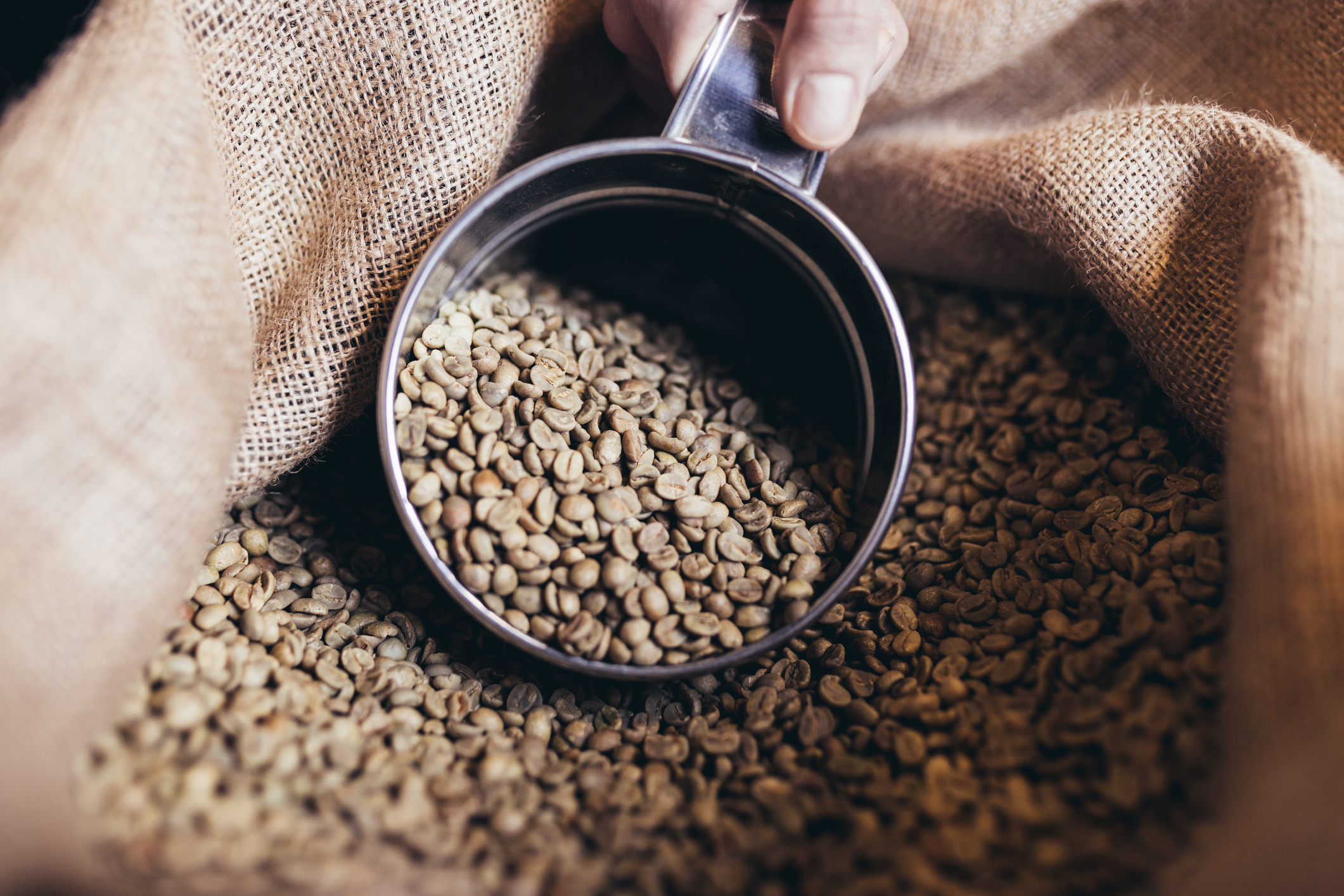

GREEN BEANS - ALL YOU EVER NEEDED TO KNOW

Coffee Bean Selection Introduction
While the right tools are necessary in order to produce the finest possible cup of coffee, no equipment will compensate for low-quality or stale coffee beans.
As part of the our roasting process, we only source and use the highest quality ARABICA beans. We also test batches on incoming green coffee beans for Moisture, Colour and also under a UV light for any deformities thus guaranteeing the validity of the quality.
There are a few basics you should know when you start out. Here’s an introduction into the whole beautiful world of artisan coffee.
Taste and aroma
You’ll be able to taste our coffees more knowledgeably if you understand the terms used to describe its flavour and aroma. As you sample different types of coffee, keep these characteristics in mind.
Analysing the aspects of your tasting experience will help you determine your favourites, and your knowledge will sharpen your guests’ enjoyment of the coffee you serve.
Acidity
This refers to a sharpness or snappiness that you can feel at the edges of your tongue, and it’s a positive quality. Sometimes it’s also described as “brightness.” Coffees with less acidity are sometimes called “mellow,” but all coffees need some acidity in order to avoid being flat or dull.
Aroma
Since our taste buds are only capable of discerning four flavour categories (sour, sweet, salty and bitter), our sense of smell provides all the other dimensions of flavour. Coffee aroma adds qualities such as smoky, flowery, fruit-like, earthy, or it may remind you of certain berries or nuts.
Body
Even though all coffee is brewed with water, some types feel physically heavier and denser in your mouth. A full-bodied coffee may remind you of having whole milk or cream in your mouth, while a medium or light-bodied coffee will be more like skim milk or water.
Balance
This is a descriptive word for the way in which the above factors interact. Good coffee beans usually present a high level of balance between acidity and mellowness, and they include a complex and satisfying overall aroma and flavour. Coffee with a low balance level would be extreme in one aspect of taste, and the experience would feel shallower.
Roast
Described in detail below, the amount of time that the beans undergo heating has a big effect on their finished appearance and taste.
Finish
Taken from the world of wine-tasting, the term “finish” refers to the taste and sensation left in your mouth after you swallow. Some varieties of coffee have a cocoa or chocolate finish; others leave an aftertaste of fruit, berries or nuts.
Region, Variety and Season
Just like wine, the taste of coffee reflects the geographic region in which it the beans have been grown, as well as the exact species of the coffee plant. Certain regions have distinctive characteristics, depending on the soil, elevation and farming methods of the individual grower. Other factors that can influence taste include whether the beans are shade-grown or organic, the methods of enriching the soil and processing the beans and whether the farmers and pickers are paid enough so that they care about doing a good job.
C.A.
Central American and Colombian coffees tend to be familiar to Americans since most of our major brands are sourced there. They are mostly fairly light and well-balanced, a bit acidic, with good fruity undertones.
Brazillian
Brazilian coffee can vary in quality and consistency. The most reputable are named after the port of Santos. It is a simple coffee with low acidity and medium body.
Ethiopian
Ethiopia is where coffee plants originated. Here they have more biodiversity than other growing regions. Many of their coffees are described as syrupy, with strong overtones of strawberry or blueberry.
Kenyan
Kenya features bold-tasting coffees that some people find tropical, with a blackcurrant quality and sometimes even a tomato-like acidity.
INDO
Indonesian coffees have a dark earthy or smoky quality with a long aftertaste reminiscent of unsweetened cocoa.

Other key considerations
Handling
When beans are harvested, they are graded, or separated into different categories according to their appearance. Even good coffee plants can produce some defective beans, which are off-colour, broken, sour, or the wrong size.
We only use the best quality coffee beans from suppliers that are specific and transparent in describing the origin of their beans.
Certifications
Certifications can include organic, shade grown, sustainable, high-altitude, and fair-trade. In general, such labels are excellent indicators of a fine quality product. Even if a characteristic such as “fair trade” doesn’t specifically refer to the taste of the beans, it does mean that the progression from coffee tree to your cup has been closely and carefully attended to. Achieving and maintaining organic certification is not easy, and growers are held accountable for the way they treat their product. You can feel confident that there are no traces of pesticides in your cup of organic coffee, and that the natural pests that attack coffee trees have been controlled through nontoxic methods.
Freshness
The first question to ask about freshness is how long the green coffee berries were stored. Coffee beans are dried seeds, quite stable in their unroasted form. Their outer shell is not very porous, and the moisture content can be as low as 10%. Because of this, they can safely be stored for as long as a year without losing quality, if the storage conditions are good. It’s important that they not be stored in a very humid storage facility, however, because bacteria can grow on the bean and the oils in the beans can take on some off-odours from the environment.


